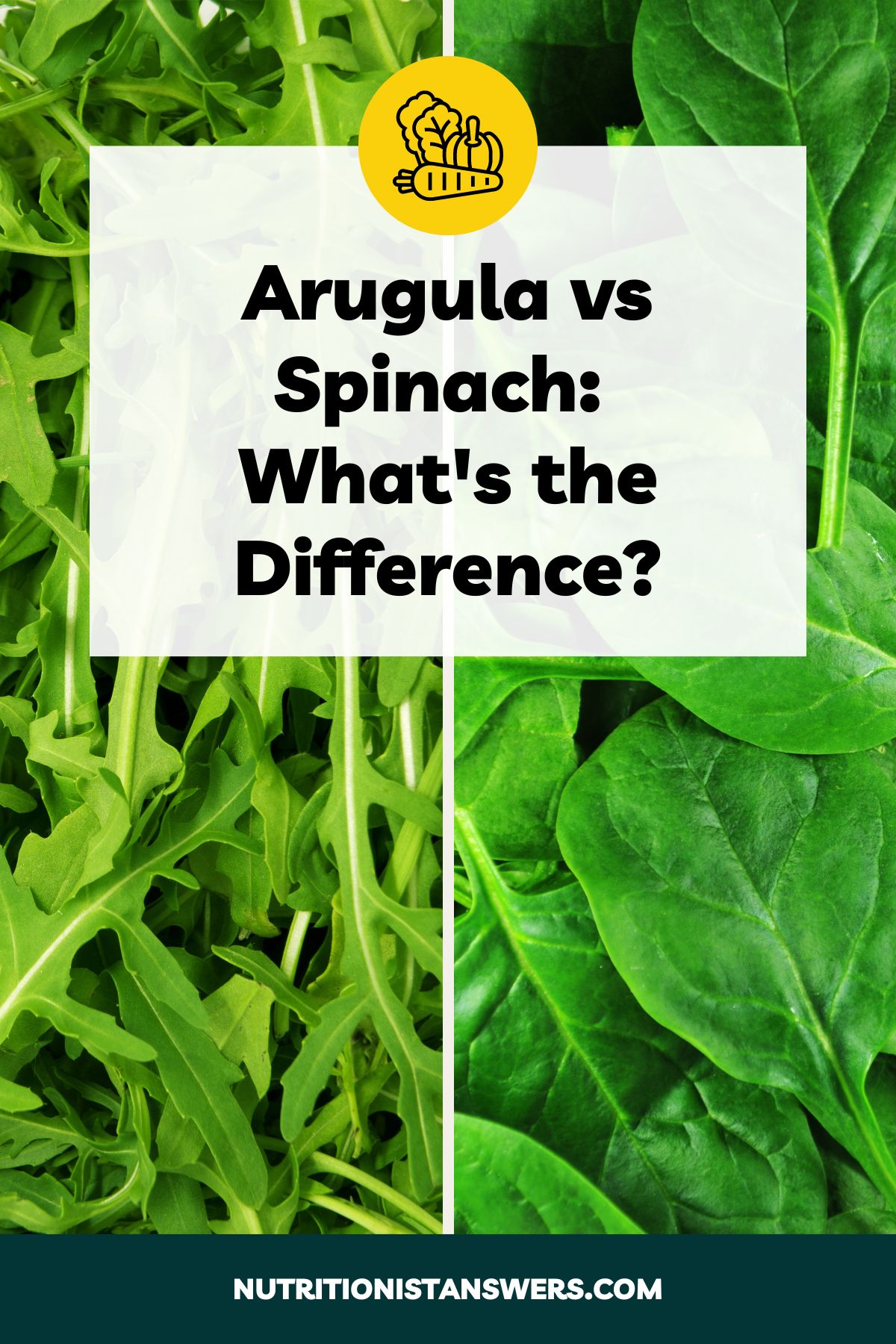If you’ve spent much time browsing the aisles of Latin grocery stores, chances are you’ve spotted aji amarillo, either as a paste or whole peppers.
But what does aji amarillo taste like and what sets it apart from other chile peppers?
Let’s delve into the distinct flavor profile of aji amarillo, its nutritional value, and the many ways it can be used to spice up your cooking.

Please note that this article contains affiliate links. If you click one of these links and make a purchase, we may earn a commission. As an Amazon Associate, we earn from qualifying purchases.
What does aji amarillo taste like?
Aji amarillo tastes spicy, sweet, and slightly fruity with hints of mango and citrus — similar to a Scotch bonnet pepper but not as hot.
It has a thick, meaty texture and a satisfying crunch when eaten raw. Cooking aji amarillo softens it and brings out the pepper’s natural sweetness.
How spicy is aji amarillo?
Aji amarillo is moderately spicy, measuring 30,000-50,000 SHU on the Scoville scale (1).
Here’s how aji amarillo’s spiciness compares to other chile peppers:
- 15 to 50 times spicier than poblano peppers
- 4 to 20 times spicier than jalapeno peppers
- Up to 5 times spicier than serrano peppers
- Equally spicy as cayenne peppers
- 3 to 10 times milder than Scotch bonnet peppers
- 2 to 12 times milder than orange habanero peppers
If you don’t have aji amarillo peppers or paste, consider these aji amarillo substitutes instead.
What is aji amarillo?
Aji amarillo is the Spanish name for a chile pepper that is very popular in South America and is considered part of the “Holy Trinity” of Peruvian cuisine, alongside garlic and red onions.
In Spanish, aji amarillo translates to “yellow chile pepper.” Despite its name, this vibrant pepper actually transforms from yellow to bright orange as it matures.
Aji amarillo is medium-sized, about 4 to 5 inches long, and has a skinny shape that comes to a point at the end. The inside is filled with small, cream-colored seeds.
In Peru, people usually process aji amarillo into a spicy paste that can be used in many different recipes. The peppers are boiled, peeled, and blended with a splash of water or oil and some salt (2).
Aji amarillo paste is perfect for stirring into sauces, marinades, soups, and stews. Freshly diced aji amarillo can also be added to salsas, dips, and salads for a fiery kick.
Aji amarillo nutrition
Like other peppers, aji amarillo is very low in calories and carbohydrates and provides no fat or protein.
Here’s the nutrition information for 1 tablespoon (14 grams) of aji amarillo paste (3, 4):
- Calories: 7
- Protein: 0 grams
- Fat: 0 grams
- Carbohydrates: 1 gram
- Fiber: 1 gram
- Sodium: 260 mg (11% DV)
- Calcium: 14 mg (1% DV)
- Vitamin C: 8 mg (9% DV)
Unfortunately, we couldn’t find complete nutritional information for aji amarillo. However, we do know that other yellow and orange chile peppers are rich in B vitamins, vitamin K, and copper, in addition to vitamin C (5, 6, 7).
Where to buy aji amarillo
Fresh aji amarillo peppers are difficult to find in the United States. Depending on your location, they may be available at some farmers’ markets and specialty produce stores.
Aji amarillo paste, which consists of pureed peppers and salt, can be found at most Latin grocery stores and is also available for purchase online.
Here are some of the most popular aji amarillo paste products on Amazon:
- Goya Aji Amarillo Yellow Hot Pepper Paste
- Ingredients: yellow hot peppers, water, sea salt, citric acid, xanthan gum
- Inca’s Food Aji Amarillo Yellow Hot Pepper Paste
- Ingredients: yellow hot pepper, salt, citric acid, and sodium benzoate
How to store aji amarillo
Fresh whole aji amarillo can be stored at room temperature, but they will last longer if stored in the refrigerator, ideally in the vegetable crisper drawer.
Fresh cut aji amarillo should be placed in an airtight container, stored in the refrigerator, and used within 5-7 days.
Cooked aji amarillo should be transferred to an airtight container, stored in the refrigerator, and used within 3-4 days (8).
Store bought aji amarillo paste is typically sold in shelf-stable jars that can be kept in a pantry or cabinet until you’re ready to use them. After opening, aji amarillo paste should be stored in the refrigerator.
Homemade aji amarillo paste should be placed in an airtight container stored in the refrigerator or freezer.
Ways to use aji amarillo
1. Sauces, dips, and salsas
One of the most popular ways to use aji amarillo is in sauces, dips, and salsas, where it can add a spicy kick and a slightly fruity flavor.
In Peru, aji amarillo is blended with mayo and sour cream to make a creamy sauce, which can be drizzled over roasted meats, seafood, potatoes, and fried yuca or used as a dipping sauce instead.
For a spicy salsa option, try out Peruvian salsa criolla, which combines freshly diced aji amarillo with sweet peppers, red onions, cilantro, and lime juice.
2. Ceviche
Aji amarillo is a key ingredient in Peruvian ceviche, a popular dish that consists of raw seafood, typically fish or shellfish, that is marinated and “cooked” in citrus juices.
The combination of spiciness from the freshly chopped aji amarillo, acidity from the citrus juices, and natural sweetness from the seafood makes for a delightfully refreshing dish.
3. Soups and stews
Looking to turn up the heat on your favorite soups and stews? Try aji amarillo (either fresh or as a paste) to add a moderately spicy kick along with a hint of fruity flavor.
You’ll find aji amarillo in Peruvian dishes such as seco de carne (beef stew), aji de gallina (creamy chicken stew), and sudado de pescado (steamed fish stew).
4. Grain dishes
Spice up plain rice and or quinoa by adding aji amarillo paste to the cooking liquid or mixing it into the cooked grains.
You can also try out some traditional Peruvian rice dishes, such as arroz con pollo peruano (rice with chicken) and arroz con mariscos (seafood paella), that incorporate aji amarillo paste.
5. Meat marinades
Aji amarillo paste can be used as a spicy, colorful base for meat marinades — simply mix it with other ingredients like oil, citrus juice, garlic, and fresh herbs.
Traditional Peruvian dishes that feature aji amarillo in marinades include Peruvian grilled chicken, anticuchos de rorazón (beef heart kebabs), and pollo a la brasa (roast chicken).
Final thoughts
Aji amarillo is a South American chile pepper that tastes sweet, slightly fruity, and moderately spicy, measuring 30,000 to 50,000 SHU on the Scoville scale.
Like other chile peppers, aji amarillo is low in calories and carbohydrates, while providing no fat or protein. It’s also rich in vitamin C, a nutrient needed for skin and immune health (9).
Aji amarillo is most often used as a paste that’s perfect for adding heat, flavor, and a vibrant yellow color to sauces, soups, stews, rice dishes, and meat marinades.
Amy Richter is a Registered Dietitian Nutritionist based in Missouri. She is an experienced nutrition writer and medical advisor for Healthline and Medical News Today. Amy is passionate about all things food-related and enjoys translating complex science into easy-to-understand articles.





